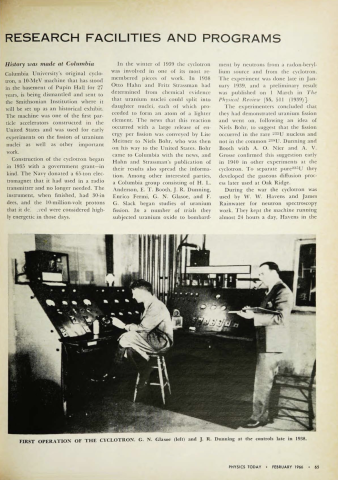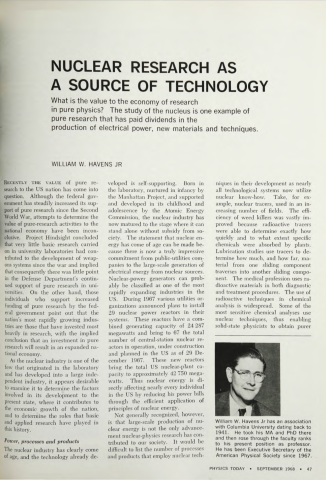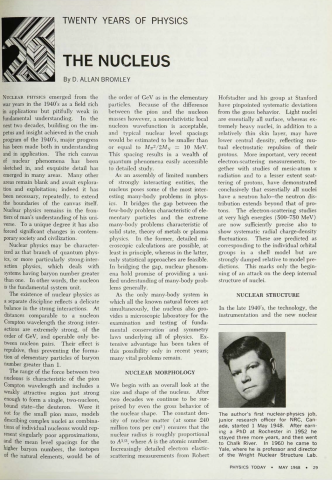Living and working at Harwell

THE giant but youthful research laboratories in England and Europe are much less well known to Americans than the great foreign universities. This situation is changing as an increasing number of American physicists are making extended visits to laboratories such as Harwell, in England. The movement is made possible by the world-wide relaxation of security restrictions in the "basic" sciences, reactor engineering, and thermonuclear research as well as by the removal of classified work to separate sites. Today Harwell, for one, directly employs non-Commonwealth scientists including Americans while other visitors are "attached", meaning on leave from their regular posts and not paid by Harwell. And I should say at once that the enthusiasm of Egon Bretscher, head of Nuclear Physics, has sparked many visits to Harwell by American physicists.








